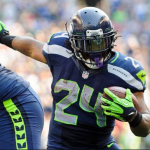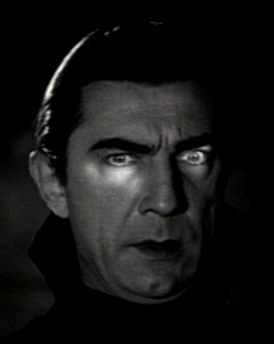
Until 2015, a FANG has not performed as spectacularly since the heady days of "Dracula". Here, Bela Lugosi (born Béla Ferenc Dezső Blaskó) is shown from a scene in the 1931 movie.
For millions of Americans, New Year’s Eve is a time of exuberance and excess.[1]
In sharp contrast, “exuberance” was something largely absent within the stock market during 2015. There was lots of price movement and volatility on an intraday basis…. but for the year just passed, the S&P 500 Index returned[2] a sad -0.69… while the venerable Dow Jones Industrial Average returned a much sadder -2.29%!
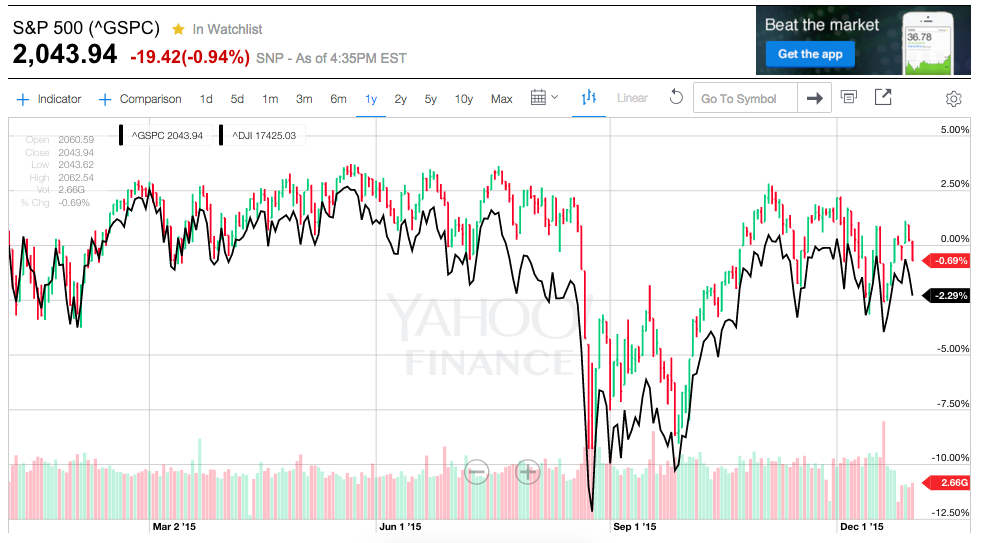
As this price graph illustrates, the S&P 500 Index ended 2015 down 0,69% for the year, while the Dow Jones Industrials were off by 2.29%.
During the year, many normally successful traders and portfolio managers confessed that even they were finding this past year extremely challenging. And among those who belong within the “Boardwalk and Park Place” category of portfolio managers – ie. Hedge Funds – it was a particularly embarrassing year.[3]
Here is a table that summarizes returns tracked by the “Barclays Hedge Fund Index”[4]:
All of the above being stipulated, there is one very small, select group of large cap stocks which enjoyed a year of sustained exuberance… on both an absolute and a relative basis … rarely witnessed in the market.
Yes (you guessed it) that small, select group was the (now infamous) “F.A.N.G.” stocks:
Facebook (FB)
Amazon (AMZN)
Netflix (NFLX)
Alphabet (GOOGL)[5]
Take a long look at this graph of their collective price action during 2015:
Except for a brief “detour” downward in August (“Black Monday”)… it was “Up, Up and Away” for FANG… up a collective 73.1% for the year (24.5% during the 4th Q).
In amazing (and depressing) contrast, here is a comparable graph of the SPDR S&P 500 Index ETF (SPY) [down 0.971% for the year, not including distributions]:
These two graphs illustrate a classic market divergence … also referred to by some commentators as a bifurcation. And as we know, divergences (and/or bifurcations) serve as (more often than not) “red flags” with regard to the true health of the stock market. If a few, headline grabbing stocks are very strong while the rest of the market treads water, that should prompt all investors to “proceed with caution” … through such choices as avoiding long calls on any/all “lagging” stocks, selling out of the money call credit spreads on lagging stocks, selling out of the money put credit spreads on the “leaders”, etc.
Here is a quarter-by-quarter summary of the FANG stocks vis-à-vis the S&P 500 Index, Apple (AAPL), and LinkedIn (LNKD):
| 2015 Quarter |
FB |
AMZN |
NFLX |
GOOGL |
SPY |
AAPL |
LNKD |
|
1st |
4.81% | 20.61% | 19.42% | 4.75% | -3.27% | 14.26% | 8.8% |
|
2nd |
4.32% | 16.66% | 57.66% | -2.64% | 4.69% | 1.22% | -17.3% |
|
3rd |
4.82% | 17.92% | 10.03% | 18.21% | -1.69% | -11.66% | -7.99% |
|
4th |
16.42% | 32.04% | 10.77% | 21.87% | -0.54% | -4.16% | 18.38% |
Unless you have a photographic memory from earlier in the year, it may be surprising to you that FB and GOOGL were not “on fire” from January 1st onward. As you can see, it wasn’t until the 4th Q (with a “blowout” earnings report) that FB exploded higher. And GOOGL was “so-so” until the 3rd Q, when an earnings beat and an announcement regarding a “share buyback” lifted the stock through the remainder of the year!
Meanwhile, AMZN and NFLX “carried the load” for FANG stocks through the first six months… and weren’t exactly “shabby during the second half of the year!!
|
2015 Quarter |
FANG |
S&P 500 INDEX |
AAPL |
LNKD |
|
1st |
10.573% |
-3.27% |
14.26% |
8.8% |
|
2nd |
19.390% |
4.69% |
1.22% |
-17.3% |
|
3rd |
39.017% |
-1.69% |
-11.66% |
-7.99% |
|
4th |
24.528% |
-0.54% |
-4.16% |
18.38% |
There was at least one commentator who advocated that, at least for the 4th Q, “FANG” be expanded to include LNKD… to become “FANGL”. However, although, LNKD did quite handily outperform the market (as well as NFLX and FB) during the 4th Q… we can see that its 18.38% return was actually lower than that of the FANG stocks. So I don’t see a compelling case for expanding “FANG”.
Of course, for millions of investors to whom AAPL will always be #1 in their hearts, the last six-months of 2015 proved to be “cruel and unusual punishment” (down over 11.5% and over 4% during the final two quarters!). Otherwise, based on its first quarter return, we might have had “FAANG” instead of “FANG”.
What is it that bound FB, AMZN, NFLX, and GOOGL in 2015?
1) As we saw in another recent article about the global strength of U.S. mega-cap stocks [See: https://www.markettamer.com/blog/investment-cycles ], these four companies are among the top ten largest companies in the world (per market capitalization).
| Rank | COMPANY | MARKET CAP (Billions) |
| 1 | APPLE (AAPL) |
634 |
| 2 | ALPHABET (GGOGL) |
505 |
| 7 | AMAZON (AMZN) |
301 |
| 8 | FACEBOOK (FB) |
293 |
2) Good News: each company got a huge boost during the year from corporate developments.
FB: Facebook has overcome its embarrassing IPO debacle in May of 2012. In fact, it has earned the distinction of reaching the $250 billion market cap milestone in less time (3.5 years) than any other corporation in history! It’s higher than expected revenue (reported during the 3rd Q … at $4.5 billion) resulted in FB being driven to an all-time high in December.[6]
AMZN: the stock reached an all-time high in December. Its stock price has surged over six-fold since 2009. One of the drivers of this price move has been greater transparency with regard to its “Amazon Web Services” division –  which reported a revenue increase of 78% for the 3rd Q (compared with the prior 3rd Q) … thereby resulting in revenue that exceeded $2 billion. By doing so, it became (according to CEO, Jeff Bezos) the “Fastest Growing Multi-Billion IT Enterprise In the World”.
which reported a revenue increase of 78% for the 3rd Q (compared with the prior 3rd Q) … thereby resulting in revenue that exceeded $2 billion. By doing so, it became (according to CEO, Jeff Bezos) the “Fastest Growing Multi-Billion IT Enterprise In the World”.
NFLX: Besides raising prices during the year and continuing to produce extremely popular content for its video streaming service, the table below is a simple example of the NFLX “growth” story…
showing that while its U.S. Operations could be characterized as performing decently, its expansion toward becoming (more completely) a “Global” company has far exceeded expectations!
|
Q3 2014 |
Q3 215 |
||
|
US |
In Millions |
In Millions |
|
|
Revenue |
877.000 |
1,064.000 |
21.32% |
|
Total Memberships |
37.220 |
43.180 |
16.01% |
|
Net Additions |
0.980 |
0.880 |
|
|
INTL |
|||
|
REV |
346.000 |
517.000 |
49.42% |
|
Total Members |
15.840 |
25.990 |
64.08% |
|
Net Added |
2.040 |
2.740 |
GOOGL: It is still hard for many to adjust to Google’s new corporate name (Alphabet).
This corporate restructuring facilitated the segregation of the traditional “internet search and advertising” business (upon which GOOGL was based and grew to mammoth size) from its “Projects Businesses” – such as Life Sciences, Calico, driverless cars, Google Capital, Google Ventures, and its Google X[7]. The company’s cash balance is an impressive $72.8 billion. GOOGL’s rise to become the world’s second largest company took it just over a decade to achieve (calculated from the day it became a public company).
INVESTOR TAKEAWAY:
It would be logical to assume that, just as the relative performance of “FANG” during 2015 is an outstanding of a market experiencing divergence (and/or bifurcation), so at some point in the future, the performance of “FANG” stocks will illustrate “Reversion to the Mean”. In other words, it is extremely unlikely that these four stocks will continue to outperform the market by a factor of over 73 to 1!![8]
The following analysis from 720 Global is (obviously) oversimplified… but it illustrates (rather powerfully) the dangers of investor exuberance:
is (obviously) oversimplified… but it illustrates (rather powerfully) the dangers of investor exuberance:
Let’s assume that, over time, a fair valuation measure for stocks is the “average” Price to Earnings” (P/E) multiple…. which (at the beginning of December) sat at 18.6. To make calculations easier, let’s use a P/E of 19 for our “benchmark” within a valuation analysis.
Here are the current relevant metrics for our “FANG” stocks:
Notice the P/E metrics of AMZN and NFLX – astronomically higher than our “benchmark” of 19!
Given that, in order for these FANG stocks to ever approach a valuation level that is comparable to the current market, here are calculations regarding the level(s) that would need to be achieved in Revenue, Profit Margin, and Net Income in order to reach a 19 P/E ratio at each stock’s current price.
The column at the far right indicates the growth needed in Net Income by each stock for its P/E ratio to slide down to that benchmark level!
Let’s have a show of hands: Who thinks that at least two of these stocks are seriously over-valued?
As observed by 720 Global:
“If we make the huge assumption that they can improve their margins to be similar to Walmart (5.5%), Amazon would still need to almost triple revenue to become fairly valued versus the S&P 500.
“At its current subscription pricing, Netflix would need to up its total number of subscribers from 69 million to 659 million to bring its P/E ratio down to 18.6.”
NOT A RECOMMENDATION:
I cannot emphasize enough that I do not recommend any stock (ever), and what appears below is presented only as an illustration of both contrarian thinking and relative valuation analysis.
Recall that following its embarrassing IPO, FB underperformed the S&P 500 Index for a year and a half….
until it began to tangible signs that it had figured out how to effectively monetize its user base – particularly via the mobile platform.
Here is a graph of FB’s average monthly user base:
Twitter (TWTR) has been, in recent months, fairly widely reviled by investors. It has demonstrated a curious absence of astute and inspirational leadership… and currently reports an average monthly user base of 320 million – a mere 1/5 of the user base of FB!
TWTR has many weaknesses, but at least these are not among them:
1) Active Mobile Platform usage: 80% of its users are “active” through Mobile… so that is not an issue;
2) Global Users: TWTR has 79% of its users outside the U.S. So a parochial user base is not an issue for TWTR either.
TWTR’s fall from grace within the market has been astounding. TWTR reached a peak Market Cap of $40 billion in December of 2013. Currently, the TWTR Market Cap sits at under $16 billion.
Here are some of the key “negatives”’ Wall Street identifies within TWTR:
Slower-than-expected growth in monthly users has been the biggest factor
There are serious questions regarding Twitter’s ability to keep its users engaged… much less add new ones.
According Rob Sanderson, an analyst at MKM Partners, observes:
“Twitter has very high activations, but also very high leakage after only a few tries.”
And Nate Elliott, an analyst at Forrester, suggests that Twitter “has a growth problem”:
“It hasn’t been able to attract enough users in the past year, and that’s compromising its ability to attract marketers. The company needs to show that user growth has returned, and it needs to lay out a clear vision for how it will attract even more users in the future.”
The absence of a compelling corporate “vision” has weighed heavily on the stock… and it did not help one bit that the TWTR board took “forever” to settle on a permanent replacement for the former CEO, Dick Costelo, who resigned in June of 2015. It wasn’t until October that the TWTR board finally agreed upon naming Jack Dorsey as permanent CEO. Dorsey is a TWTR cofounder and had served as Interim CEO since Costelo resigned.
Even the Catholic Church (never known for either efficiency or urgent action) doesn’t take that long to name a new pope after an incumbent moves on.
After Dorsey was named in October, he approached the media immediately after he was named permanent CEO and offered an engaging presentation intended to heal past differences with developers and suggest that TWTR has a vision for the future.
[See http://www.cnbc.com/2015/10/03/jack-dorsey-is-ready-to-save-twitter.html]
However, Wall Street has not yet seen tangible signs of growth, so the price sits near all-time lows.
Yes, user growth will be a crucial metric for TWTR … for as Nate Elliott has said:
“Because in social media, as in any industry, if you don’t have an audience then you don’t have a business.”
However, it is unmistakable that expenses have been an issue. Remember that the IPO was in November of 2013. Here are figures from TWTR’s financial statements… showing annual data from the end of 2012, 2013, and 2014:
Revenue between the end of 2012 and 2013 grew by 110% (great) but Operating Expenses grew twice as fast (230%)! Not a good sign! It is no surprise, then that Net Income (already a sad loss of $79.4 million) zoomed to an embarrassing loss of $645 million![9]
During 2014, Revenue grew by 111% and Operating Expenses grew by (only?) 49%… an improvement compared with 2013 – but still disappointing. Needless to say, growth needs a push up and/or expenses need a significant push downward for TWTR to pick up steam.
The extremely puzzling thing about TWTR is that it has become (for better or worse) an embedded part of contemporary life … and is referenced regularly in all categories of daily news media (from the Sports and Entertainment spaces to Financial and National/International news coverage stories). I never see FB so referenced in news stories. To the untrained, inexpert eye, it would be appear that most professional sports figures tweet regularly… as do entertainers, market commentators, politicians, etc.
So how on earth TWTR management has yet to figure out how to leverage the global breadth of familiarity with its platform, and how generate sufficient “I must become a TWTR user” buzz to double or triple its user base … is a total mystery to me. If management were on its toes, it would arrange for its logo to appear onscreen during major, highly watched events… develop a list of compelling examples of how various professions could find using TWTR to be irresistible… and perhaps even commission a study showing how TWTR has demonstrably increased a politician’s poll numbers, a company’s market share, a movie’s box office revenue, etc.
If you might find a summary of earlier referenced data helpful, here is a table of data comparing FB and TWTR.
|
FB |
TWTR |
|
| IPO Date | May 2012 |
Nov. 2013 |
| IPO Price | $38/share | $26/share |
| Market Cap at IPO | $ 81 billion |
$24.5 billion |
| Current Market Cap | $299.5 billion |
$15.8 billion |
| Current P/E |
107 |
N/A (loss) |
| Current “User Base” |
1.55 billion |
320 million |
I have taken time to reference TWTR because a case could be made that going long TWTR and going short FB will, at some point in the future, likely be profitable.
Yes, on a rational, logical, numbers driven basis, this strategy sounds almost irresistible. However, the Market is rarely (if ever) driven by logic or numbers. Instead, it bears more resemblance to a capricious, impulsive, sometimes manic/depressive teenager – perhaps in particular a Junior High School Student struggling with hormonal changes.
Just keep in mind that one need not actually buy TWTR and sell FB. There are option strategies available through which an investor can position oneself (with lower risk) for relative outperformance by TWTR vis-à-vis FB. To learn more about those strategies, I refer you to the Market Tamer website and its instructional videos.
But above all, remember that no one can predict (with certainty) when the Market will become less exuberant about FBand even a little more positive about
TWTR!! Personally, part of me hopes that someone buys TWTR – be it FB, MSFT, GOOGL or another company that can shake things up enough to wake the “sleeping giant” that I think TWTR can become!
DISCLOSURE:
The author does not currently have any position in TWTR, but he continues to watch it carefully. He has a position in AAPL, SPY, and SPX, but not in FB, GOOGL, or NFLX (or LNKD). Nothing in this article is intended as a recommendation to buy or sell anything. Always consult with your financial advisor regarding changes in your portfolio – either subtractions or additions.
FOOTNOTES:
[1] However, such is not the case with me. The most exuberant activity in which I was ever engaged on New Year’s Eve was officiating at the wedding of a friend of my spouse. I departed immediately afterward in order to avoid all the impaired drivers later in the evening!
[2] Not including dividends!!
[3] Embarrassing on two fronts: 1) they are looked to for net profits even in “down years”; 2) the confiscatory fees they charge are paid because they are expected to outperform the market, no matter what. [A typical hedge fund charges a flat 2% of total asset value (management fee) and an additional 20% of any profits earned.]
[4] The “Barclay Hedge Fund Index” is a measure of the average return of all hedge funds (excepting Funds of Funds) in the Barclay database. The index is simply the arithmetic average of the net returns of all the funds that have reported that month.
[5] I still virtually choke on that new corporate name for Google!!!
[6] Monthly users increased by 14% (to 1.55 billion) and mobile-ad revenue increased as well.
[7] Allow the theme for “The X Files” to course through your brain. Google X is a secretive lab.
[8] Just think of all the hackneyed “adages” from olden days: “what goes up, surely comes down”; “the higher they fly, the harder they fall”… or (worse) “the higher they fly, the deeper they crash”. Never forget that the “Buzz Lightyear Trade” (ie. “to Infinity and Beyond”) is a total fantasy!!
[9] It goes without saying that TWTR did its best to make itself look attractive for the IPO… but had I purchased the stock on IPO day, I would have been incensed at the explosion in expenses.
Related Posts
Also on Market Tamer…
Follow Us on Facebook



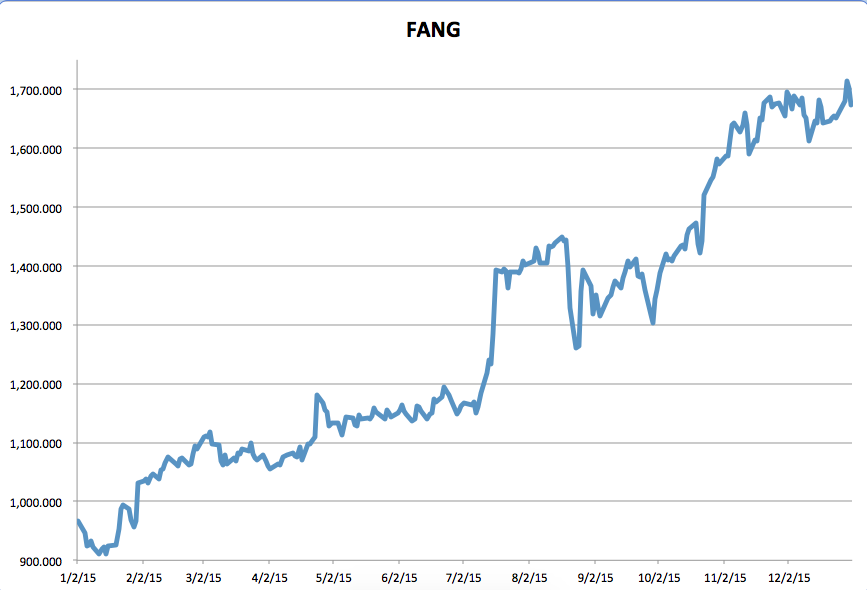
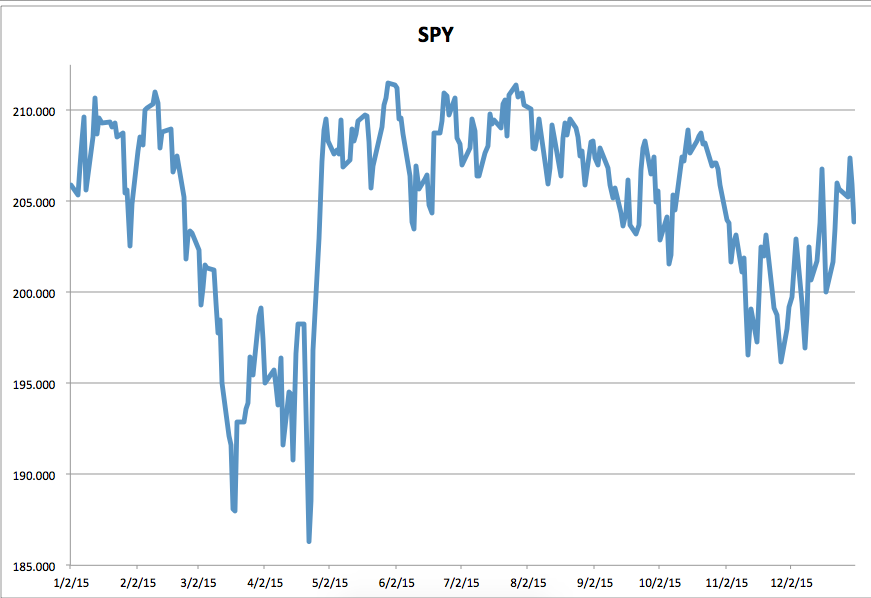
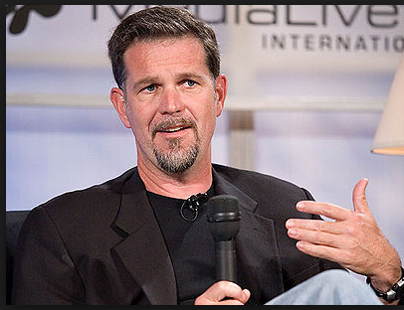
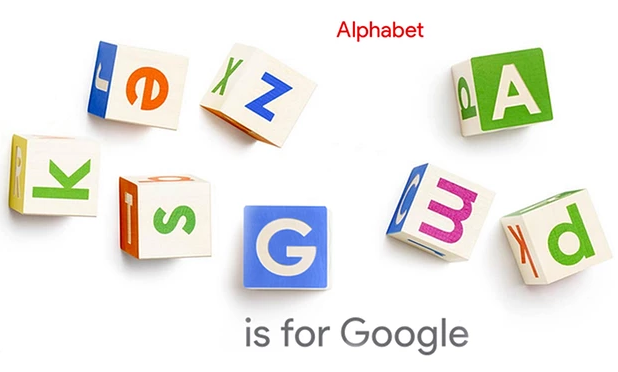
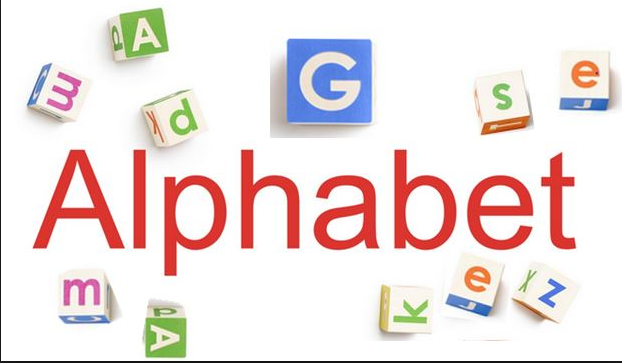
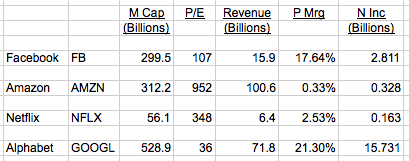
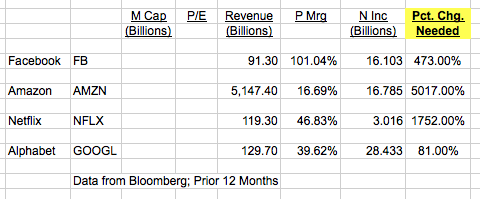
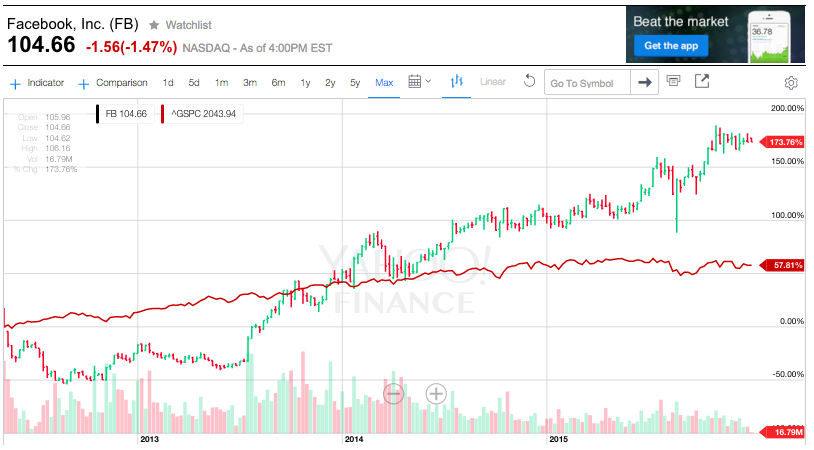
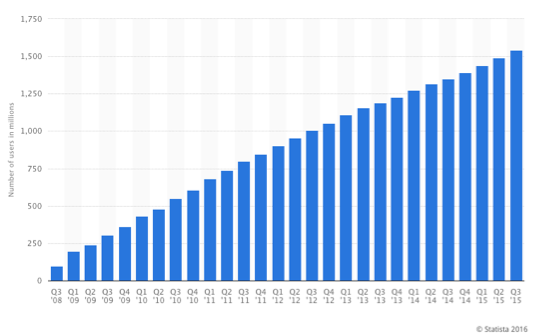


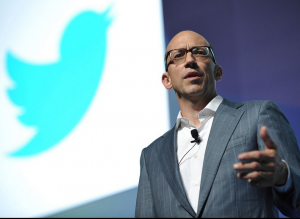
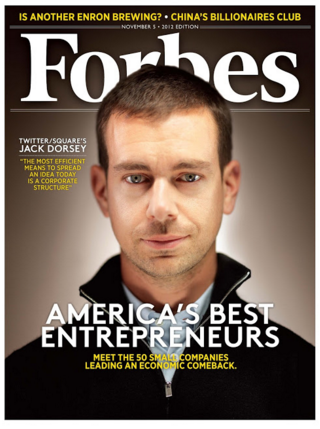

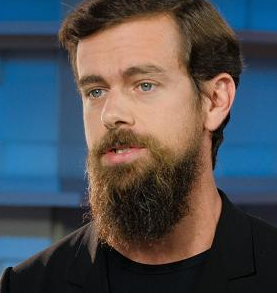
 Should Dividend Stock Investors Buy Coca-Cola Stock Instead of PepsiCo?
Should Dividend Stock Investors Buy Coca-Cola Stock Instead of PepsiCo?

